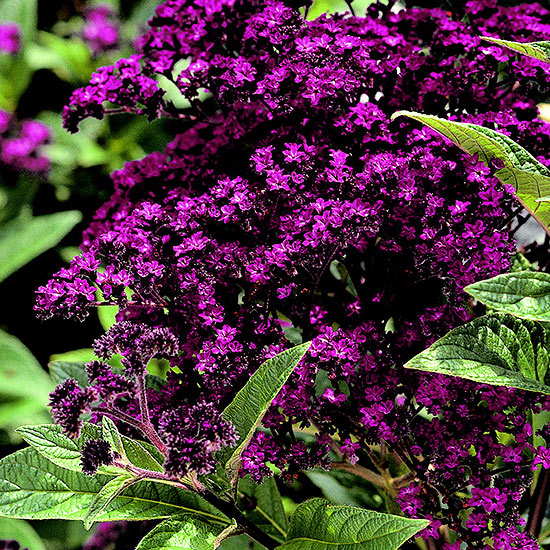






1. Combine garden scents to make living perfume. Plant the creamy yellow English rose "Windrush" with annual Himalayan balsam (Impatiens glandulifera) for an ever-changing burst of scent.
Learn more about English roses.
2. Spread scented carpets to walk or sit on. Creeping carpets of low-growing herbs, such as Corsican mint, woolly thyme, and chamomile, make inviting places to sit and enjoy tea. Sprawl luxuriously on an herbal blanket, or give a favorite garden seat an herbal cushion. However, look before you lounge: Beware of bees!
continue reading below3. Place fragrant plants near walkways and entryways. Many fragrant foliage plants release scent when touched. Place clary sage, rosemary, and Mexican bush marigolds near enough to brush against as you pass by.
4. Grow fragrant plants near windows and doors. Wallflowers and night-scented stocks are traditionally planted under windows, where the alluring sweetness will waft inside. Tuck potted plants behind foundation shrubs, and change them seasonally.
5. Fill window boxes with fragrance. Scented culinary herbs are useful to have close at hand. Add mignonette and sweet alyssum for a sweet treat for your nose.
6. Arrange evening bloomers near a deck or patio. Nicotiana, evening primrose, night-scented stock, jasmine, lilies, and even petunias will make any outdoor seating area festive with fragrance. Pot each individually, then mix and match your favorite effects.
7. Grow party plants. Angel's-trumpet (Datura and Brugmansia) come in many sizes and colors, but these tender shrubs share a familial perfume that is dizzying. If grown in pots and wintered indoors, evening-scented bellflowers will pour out their perfume year-round.
Learn more about angel's trumpet.
Copyright © www.100flowers.win Botanic Garden All Rights Reserved